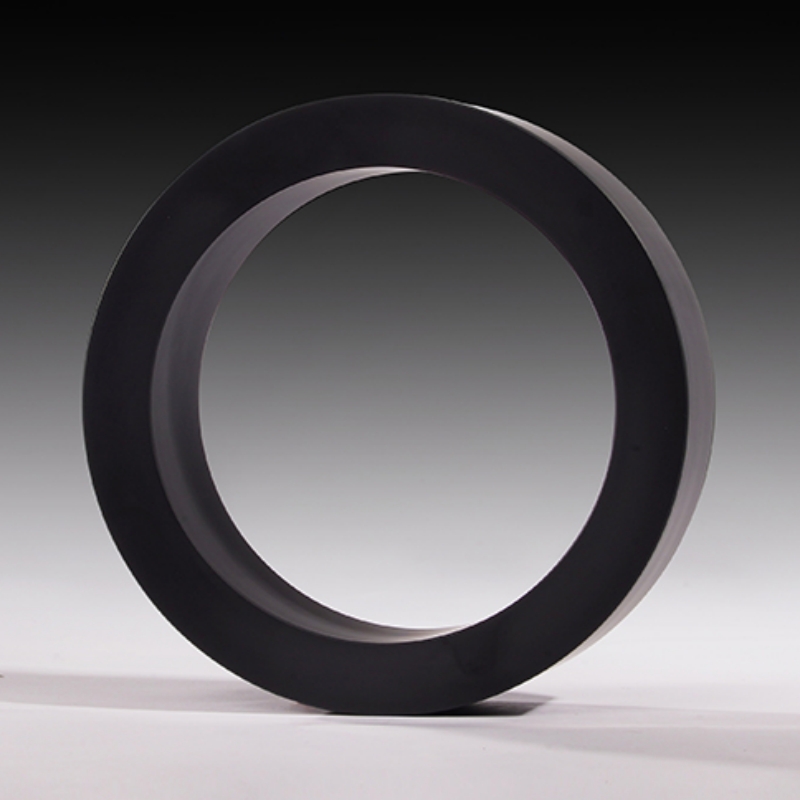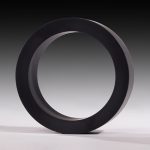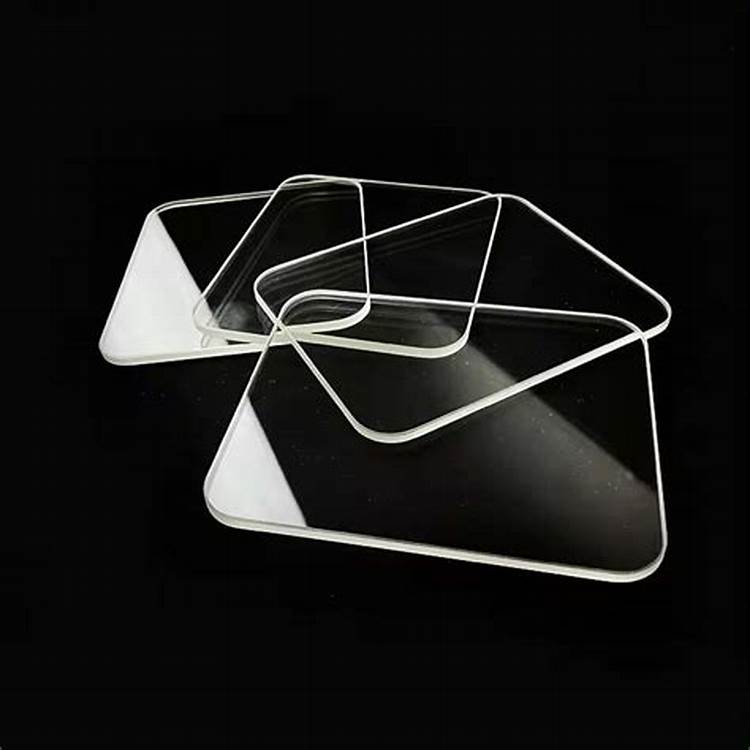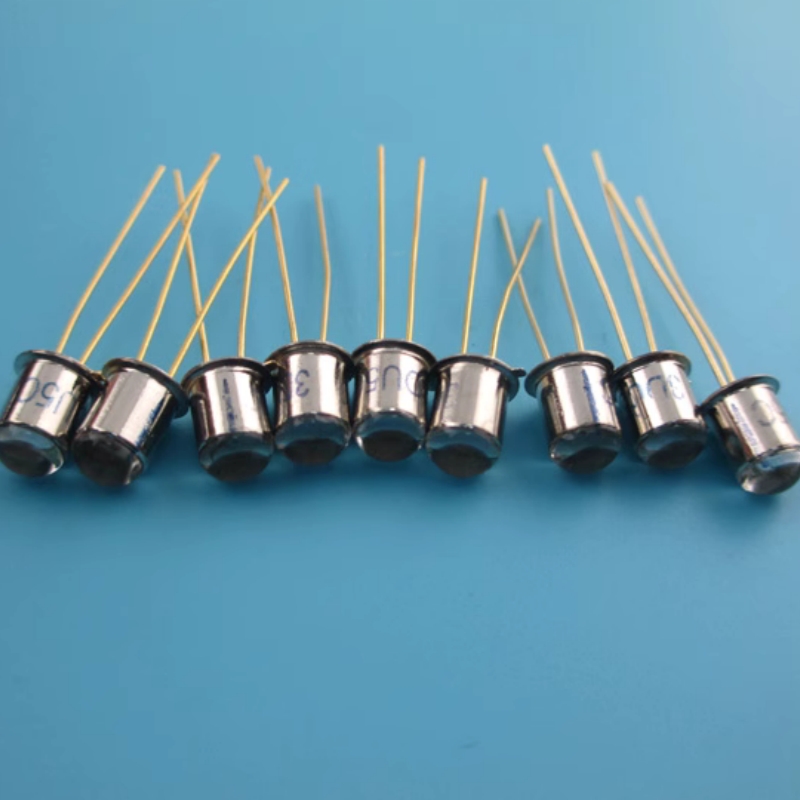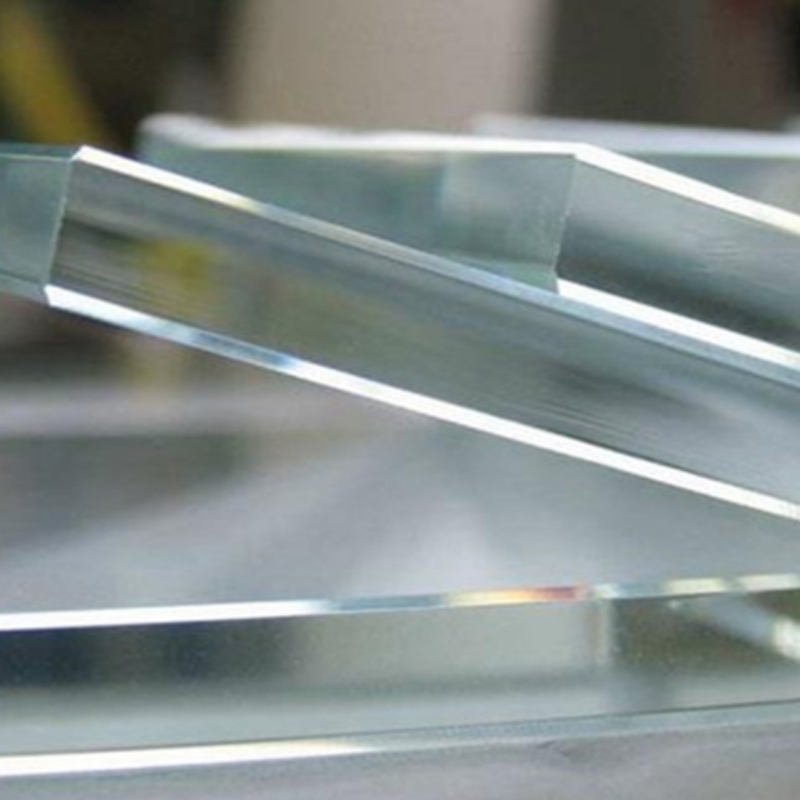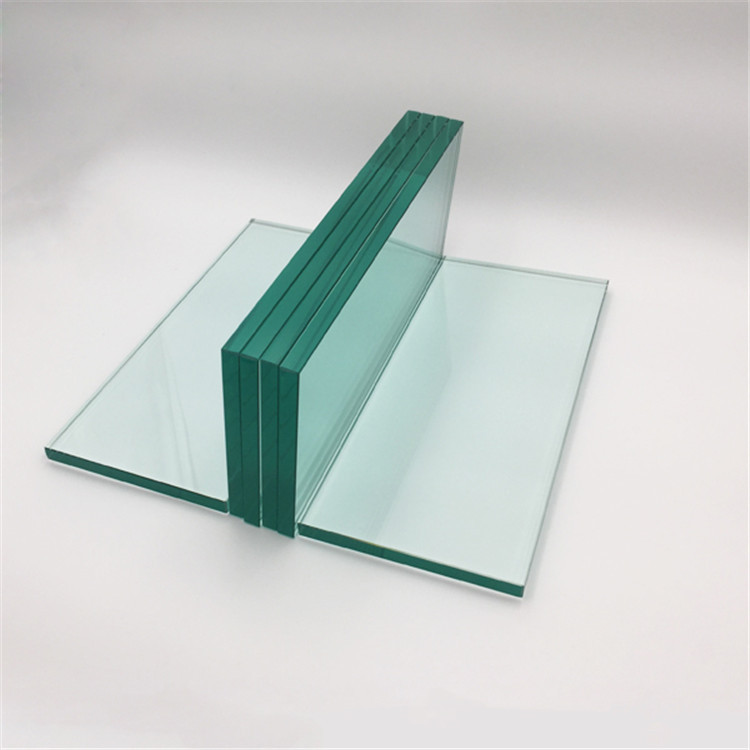Black quartz glass is a specialized optical material characterized by its high thermal resistance, superior mechanical durability, and strong light absorption properties. Manufactured using advanced purification and fusion techniques, it offers excellent chemical stability, minimal thermal expansion, and high radiation resistance. This material is widely used in laser systems, infrared optics, semiconductor processing, and aerospace applications where controlled light transmission and environmental shielding are required.
Product Overview
Electric Fusion Opaque Quartz is a black quartz glass material known for its high purity, high optical absorption, and high emissivity. It features low thermal conductivity, making it ideal for heat management and specialized process environments. This material is designed to effectively improve thermal uniformity and shield external thermal radiation, providing enhanced performance in high-temperature processes.
Key Features
- High Purity: Ensures excellent performance under high temperatures and in specialized process environments, maintaining stability and reliability.
- High Optical Absorption: Effectively absorbs heat, optimizing thermal management during processes that require precise heat control.
- High Emissivity: Increases radiation efficiency, enhancing thermal performance by improving the heat transfer process.
- Low Thermal Conductivity: Reduces heat loss, helping maintain thermal uniformity within process environments.
- Excellent Machinability: Compared to other black ceramic materials, electric fusion opaque quartz offers superior machinability, making it ideal for high-precision applications.
Applications
- Thermal Management Systems: Used in high-temperature furnaces and thermal treatment equipment, improving heat uniformity in the process.
- Radiation Heating: Ideal for radiation heating systems, effectively shielding thermal radiation and ensuring stability in heating processes.
- Semiconductor Industry: Applied in high-temperature processing equipment, providing superior thermal stability and efficient thermal radiation characteristics.
- Metallurgical and Chemical Industries: Used in high-temperature operations in metallurgy and chemicals, offering thermal control and protection.
- Specialized Process Environments: Suitable for processes requiring high temperatures and efficient thermal management, such as precision manufacturing and laboratory heating equipment.
| Property | Value |
| Density (g/cm³) | 2.19~2.20 |
| Porosity | <0.5% |
| Pore Size | <10 μm |
| Linear Expansion Coefficient (10⁻⁶ °C⁻¹) | 0.6 |
| Specific Heat (J/g·K) | 0.73 (at 20°C) |
| Maximum Operating Temperature (Stable, °C) | 1150 |
| Maximum Operating Temperature (Short Term, °C) | 1300 |
| Dielectric Loss Angle (13.56 MHz, Room Temperature) | 90×10⁻⁴ |
| Thermal Conductivity (W/m·K, at 20°C) | 1.65 |
| Element | Content (ppm) |
| Aluminum (Al) | 11.57 |
| Calcium (Ca) | 0.9 |
| Magnesium (Mg) | 0.03 |
| Copper (Cu) | 0 |
| Iron (Fe) | 0.77 |
| Nickel (Ni) | 0.02 |
| Manganese (Mn) | 0 |
| Lithium (Li) | 0.25 |
| Potassium (K) | 0.31 |
| Sodium (Na) | 0.91 |
| Zirconium (Zr) | 1.52 |
| Titanium (Ti) | 1.21 |
| Boron (B) | 0.02 |
| Cobalt (Co) | 0 |
| Total | 17.5 |
 new material
new material

